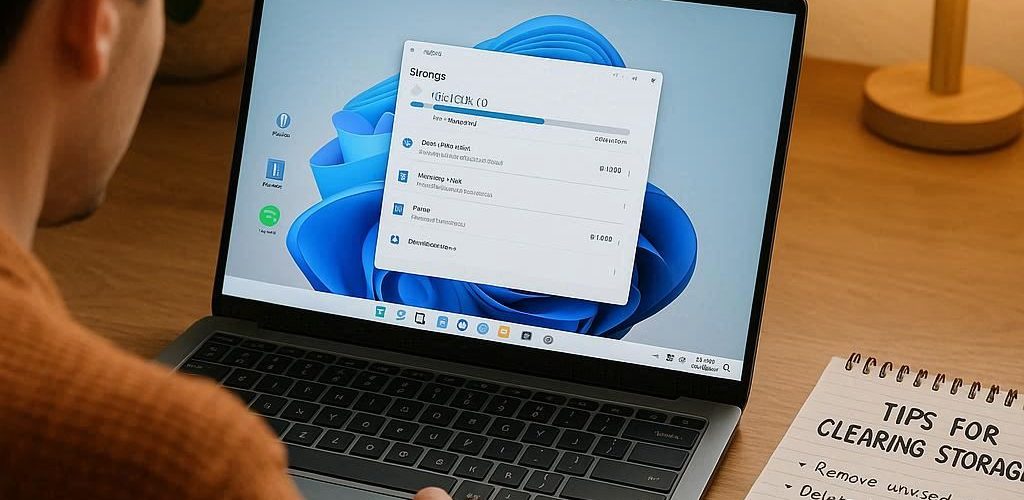I’ve only got 7 apps downloaded: Edge, bing, start experiences, remote desktop connection, spotify and steam. But these apps are taking up 71 gb of storage, leaving me with only 13 free gb. How do i clear this?
Answer
How to Clear Storage on Your Device: A Step-By-Step Guide
In today’s digital age, efficient storage management is crucial, especially when you’re dealing with limited space on your device. If you’ve found yourself in a situation where just seven apps are consuming a staggering 71 GB of storage, you’re not alone. Many users face the challenge of optimizing their device’s storage, and thankfully, there are effective strategies to free up space without sacrificing the apps you really need. Here’s a comprehensive guide to help you clear out unnecessary clutter and reclaim your storage.
Understanding Storage Consumption
Before diving into the solutions, it’s important to understand why your apps are taking up so much space. Applications like Spotify and Steam often store heavy data files, such as music libraries, game installs, and cached data. Edge and other browsers accumulate cache files over time as well. This isn’t unusual, but evaluating what you actually need is key to maintaining optimal performance.
Step 1: Check Storage Settings
Most devices provide a built-in storage management tool. Navigate to your device’s settings and check the storage usage for each app. This will give you insights into which applications are consuming the most space. For example, you might find that Spotify has a large cached data amount, which can be cleared.
Step 2: Clear Cache and Data
Many apps, especially browsers and streaming services, allow you to clear cached data:
- For Spotify: Open the app, go to settings, and look for options to clear cache. You might also want to delete downloaded playlists if you’re not using them.
- For Edge and Bing: Go into settings and find ‘Privacy’ or ‘Storage.’ Here, you can clear cache and browsing data, which can significantly reduce storage usage.
Step 3: Uninstall Unused Apps
It might be tempting to keep all your downloaded apps for potential future use, but if you aren’t using them regularly, consider uninstalling:
- Remote Desktop Connection: If this app is only used occasionally, uninstall it. You can always reinstall it later if needed.
- Bing and Start Experiences: These apps can often be replaced with browser bookmarks or extensions.
Step 4: Move Media Files
If your device is storing a significant amount of media (like photos or videos), consider moving these to an external hard drive or a cloud service. Applications such as OneDrive and Google Drive offer free storage options and can help you free up substantial space on your device without losing your files.
Step 5: Optimize Spotify and Steam Storage
Both Spotify and Steam allow users to manage their downloaded content. For Spotify, review and delete any playlists or songs you no longer listen to. For Steam, you can manage your game library by uninstalling titles that you have completed or no longer play regularly.
Step 6: System Updates and Apps Optimization
Keep your device updated. Often, system updates come with optimization improvements that can help manage storage. Moreover, apps might offer options to optimize their size or manage data usage better.
Step 7: Regular Maintenance
Implement a routine where you review storage usage every few weeks. Regularly clearing caches, uninstalling unused apps, and moving files will help maintain a healthy amount of free storage.
Conclusion
Finding yourself with only 13 GB of free storage out of 84 GB can be daunting, especially with important apps needing space. However, by understanding storage usage and taking proactive steps, it is completely possible to clear unwanted data and enjoy a seamless experience. Shift your focus to optimization, regular maintenance, and mindful downloading, and your device will have the space it needs to function smoothly.





Add comment